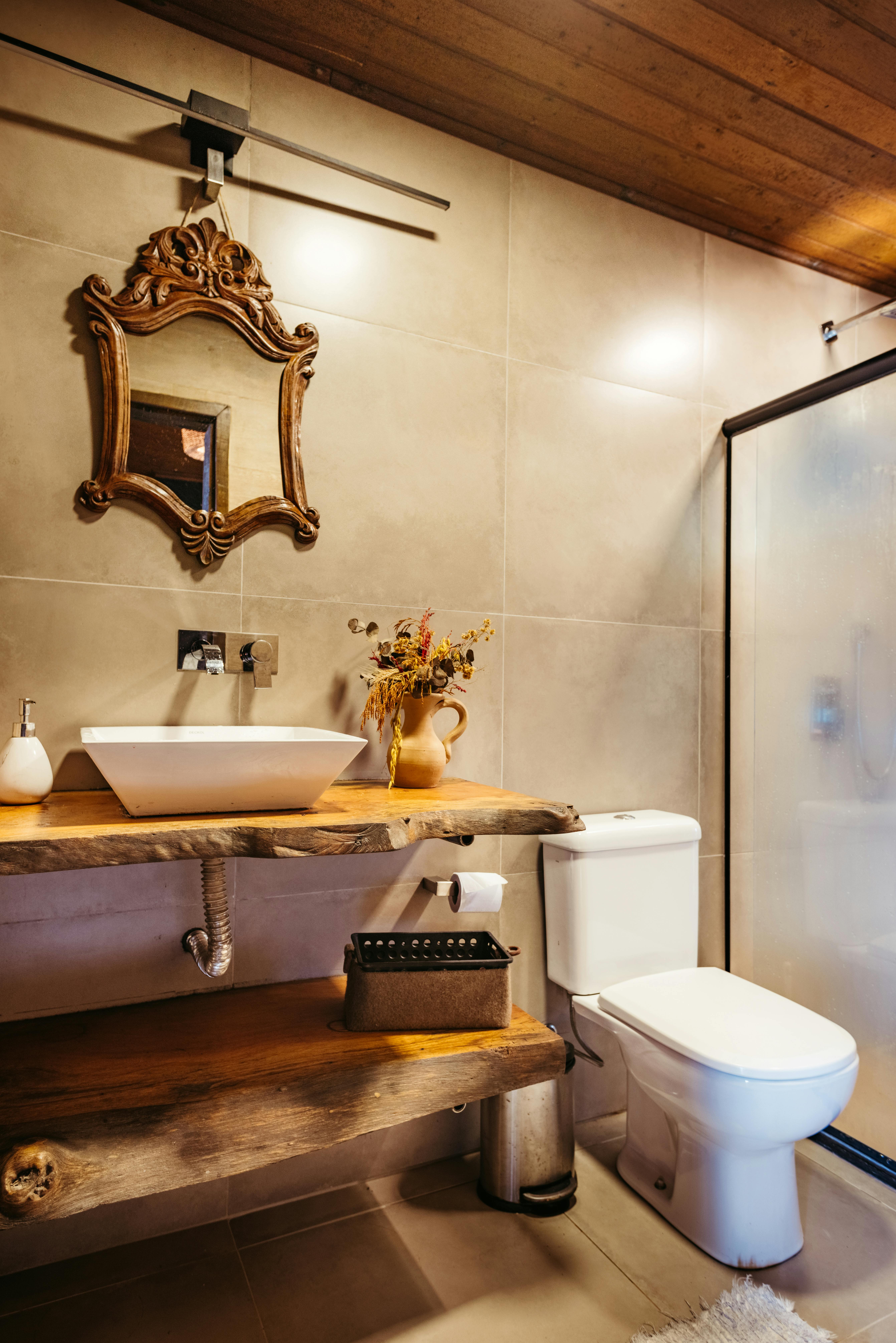Effective Ways to Connect AirPods Easily in 2025 – Learn More!

Simple Guide to Connect AirPods Quickly in 2025
Connecting your AirPods can be a breeze if you follow the right steps. In this guide, we will take a closer look at how to connect AirPods to various devices, troubleshoot common connection issues, and highlight tips to make the most of your AirPods experience. Whether you’re linking AirPods to an iPhone, Android device, Mac, or even a Windows computer, we've got you covered!

Connecting AirPods: The Basics
The first step in your AirPods setup is understanding how to connect AirPods. Generally, the process is straightforward, but knowing the specifics can help avoid AirPods connection issues. To begin, make sure the AirPods are charged and in their case.
How to Connect AirPods to iPhone
Connecting AirPods to your iPhone is one of the simplest processes. Start by opening the charging case lid while holding it close to your iPhone. A prompt should appear on your screen for AirPods setup. Tap "Connect" and follow any on-screen instructions. Ensure that Bluetooth is enabled on your iPhone for a successful connection. You’ll also be able to check the AirPods battery level right from your iPhone.
Linking AirPods to Android
If you’re an Android user and want to enjoy your AirPods, it’s still possible to link AirPods to Android devices. Simply open the AirPods charging case and press the setup button on the back of the case until the LED light flashes white. Then, open the Bluetooth settings on your Android device, and look for your AirPods in the list to connect. Please note that you may miss certain features available to iOS users, like AirPods Siri setup and commands.
Pairing AirPods with Mac
For Mac users, the process to pair AirPods is slightly different. Click on the Apple menu and select "System Preferences," then go to "Bluetooth." Once there, open the AirPods case and press the button on the back. Your AirPods should appear in the Bluetooth list. Simply select them to connect. This seamless connection enables you to manage audio from your Mac with ease, including enhancing the AirPods sound quality.
Troubleshooting AirPods Connection Issues
Despite their intuitive design, you may encounter AirPods connection issues. Here, we discuss troubleshooting steps to keep your connections smooth.
Common AirPods Troubleshooting Steps
First, ensure that the AirPods have some charge left. Place them in their case to check the battery status. If the AirPods don’t connect, try turning Bluetooth off and back on your device. Keeping your device's software up to date can also help mitigate connection problems. If issues continue, consider resetting your AirPods by holding the button until the light flashes amber.
Using AirPods with iPad
Connecting AirPods to an iPad follows the same method as the iPhone. Once connected, users can swiftly transition between iPad and iPhone due to the AirPods automatic switching feature. Make sure both devices are signed in to the same Apple ID to maximize compatibility and functionality.
Fixing Pairing Issues
If your AirPods still won’t connect, you may need to troubleshoot the Bluetooth settings. Delete the AirPods from your device’s Bluetooth settings, then attempt to reconnect. This often resolves any lingering glitches in the pairing process.
Advanced AirPods Functionalities
AirPods also come with a variety of features that enhance your listening experience. These functionalities can be explored by diving into your AirPods settings.
Utilizing AirPods Noise Cancellation
For those seeking immersive sound, be sure to enable AirPods noise cancellation. This feature helps block external sounds during use, making it perfect for commutes or travel. Access this by squeezing the stem of your AirPods, which lets you switch between Active Noise Cancellation and Transparency mode, allowing you to remain aware of your surroundings.
Managing AirPods Controls
AirPods controls can be customized directly from your device. Go to your Bluetooth settings, tap on your AirPods, and choose how you'd like to activate Siri, skip tracks, or change volume. You can even set different commands for each AirPod, enhancing your responsiveness to various audio functions.
Checking AirPods Firmware Updates
Regularly checking for AirPods firmware updates assures that your AirPods run the latest software, ensuring the best performance. This can typically be done through the paired iPhone or by directly visiting the Apple support website, where you can learn more about updating your AirPods.
Key Takeaways
- Connecting AirPods is straightforward across multiple devices.
- Troubleshooting common AirPods connection issues can often be resolved with simple adjustments.
- Explore advanced features such as noise cancellation and controls to enhance your audio experience.
- Regularly check for software updates to keep your AirPods optimized.
FAQ
1. What should I do if my AirPods are not connecting?
If your AirPods are not connecting, first check to see if they have charge. Reset the AirPods by holding the button on the back of the case until the light flashes amber, then try pairing them again.
2. Can I use AirPods with my Windows computer?
Yes, AirPods can connect to Windows computers via Bluetooth. Ensure that Bluetooth is enabled, then put your AirPods into pairing mode to connect.
3. How can I check the battery level of my AirPods?
You can quickly check the AirPods battery level by opening the case near your iPhone or iPad. Alternatively, use the “Batteries” widget on your home screen for an ongoing battery status.
4. Do I need to reset my AirPods regularly?
Resetting your AirPods is not generally necessary unless you are experiencing persistent connection issues or are selling them. A reset clears existing pairings, allowing fresh connections.
5. What features do AirPods have?
AirPods come equipped with features like Active Noise Cancellation, transparency mode, customizable controls, among others, which enhance your listening experience significantly.
